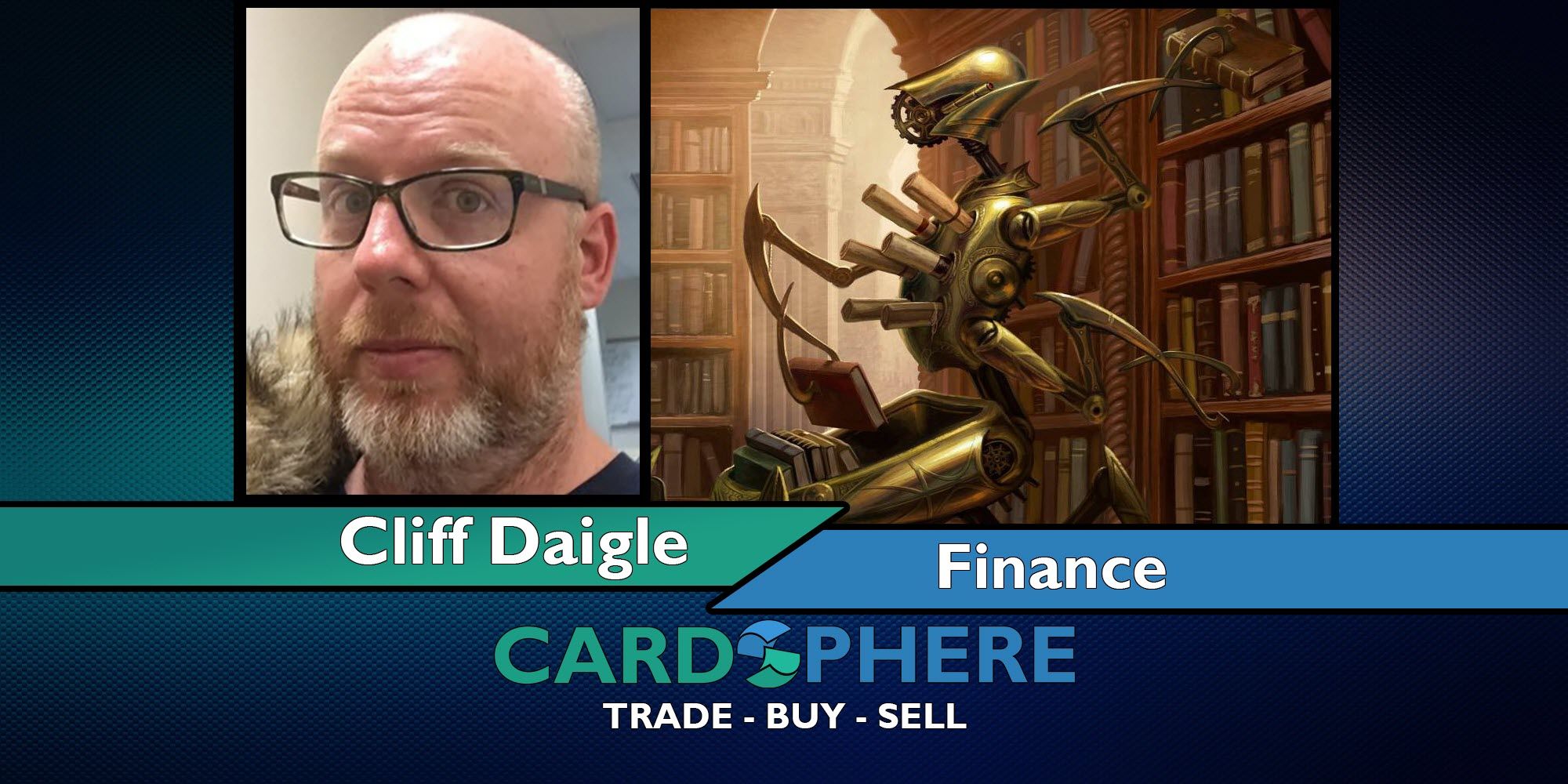The Financial Hierarchy of Formats

When it comes to Magic finance, there’s been a clear trend during the pandemic: Commander rules all. The majority (probably 75-90% of spikes) are due to cards popular in the casual format.
There are a lot of games in the world which have variations. Sometimes it’s new rules, or new pieces, extra cards. Magic is not unique as a game for having a variety of ways to play, but they fall under three major umbrellas: Limited, Constructed, and Casual.
Limited doesn’t really have a lot of financial impact, though sometimes a Limited format has a lot of power over the wallet, like Mystery Convention Edition. It’s also been really difficult to pick new Standard sets that are worth keeping sealed up for later resale. There’s more profitable places to put money.
Constructed formats, which is every 60-card format but Historic, have a lot of power to move prices, both up and down. Cards rise and fall, get banned, unbanned, get new toys and become old news. Rotation is a thing, as is the preparation for it.
Casual has proved to be the big thing during the pandemic. Wizards’ employees like to say things along the lines of ‘90% of our players never visit a LGS’ or other such ideas, and I was skeptical. The last two years, though, I’ve seen a never-ending wave of Commander cards take off, while everything else stayed pretty calm.
I’ve come up with a basic hierarchy of formats, to help me decide how much to prioritize different cards I might want to buy.
Note that I’m not going to focus on the frame or foiling of the cards here. Old border, Secret Lair, foil etching… that’s a separate issue, especially depending on how much of each gets purchased. I’m just talking about a card’s potential being reflected in the use it gets, especially if that use crosses into more than one area.
From the top down:
colorlessLands also fit into this category. Some staple lands get printed into the ground, like Sunpetal Groveand the other buddylands. Some have not yet had a chance to get cheap, like the Battlebond duals or the new slowlands. I’m expecting big things from the slowlands, as long as they avoid the ‘Secret Lair print to death’ of the shocklands.
Multicolor/kindred enablers: Because these can go into less decks, they are less good. Notion Thief is weaker than Hullbreacher because it’s more mana and two colors. Cards can still be powerful and/or expensive, like foils of Rhythm of the Wild.
Modern-relevant cards: That’s right, paper Modern is the second-biggest mover of paper. Modern is a popular, thriving format, and if you need further evidence, look at the format choices for all the big events held in the last year. It’s almost always a big Modern event, often with something Limited to go with it. We’re just not as used to Modern being the headliner format, but the wide array of decks plus the infusion of new decks with Modern Horizons means that Modern is where all the attention is.
Modern is also a format where people can spend years learning the intricacies of a deck, and spend the time and money to get a deck with the most unique foils or other ways to show off. That can be really appealing, and represents a group of players we need to keep in mind.
Standard-relevant cards: I’m going to just avoid this entirely, because until we’re all playing at local stores, where’s the Standard demand coming from? There’s been a really small handful of cards that were only relevant in Standard and had financial success: Alrund’s Epiphany(pre-ban, anyway) and Goldspan Dragon come to mind. The Meathook Massacre is $40, and if we were playing Standard all over the place, that might be $60 or even $80.
Of course, then we’d be able to open more packs, which would lower the prices, and now we’re down the circular path.
Legacy-relevant cards: It’s theoretically possible that Legacy demand for specific rare foils could make prices go nuts. In execution, Legacy players tend to be both resistant to change their decks and to not need a lot of a card. Plus, there’s a proliferation of ‘proxy Legacy’ events where people can slide a printed-out piece of paper over a basic land and play that as a super-expensive dual land. That’s not a formula for big growth.
Pioneer-relevant cards: There was a time where Pioneer made all sorts of price movements happen, but that was right before the pandemic and the format is basically a joke since then, especially because Wizards has demonstrated that Historic and Pioneer will never match.
Cube cards: This hurts to admit, as someone who loves to design and play Cubes, but it’s just never relevant financially. I’d be willing to listen if you said that 5-10% of all Power ends up in someone’s Cube, but then you’re stuck. You can’t play it with people you don’t trust completely. Cube is cool, and the highest form of Magic, but the number of Cubers just is not enough to move the needle. If there were, then this would be much more than $2 in foil after eight years.
